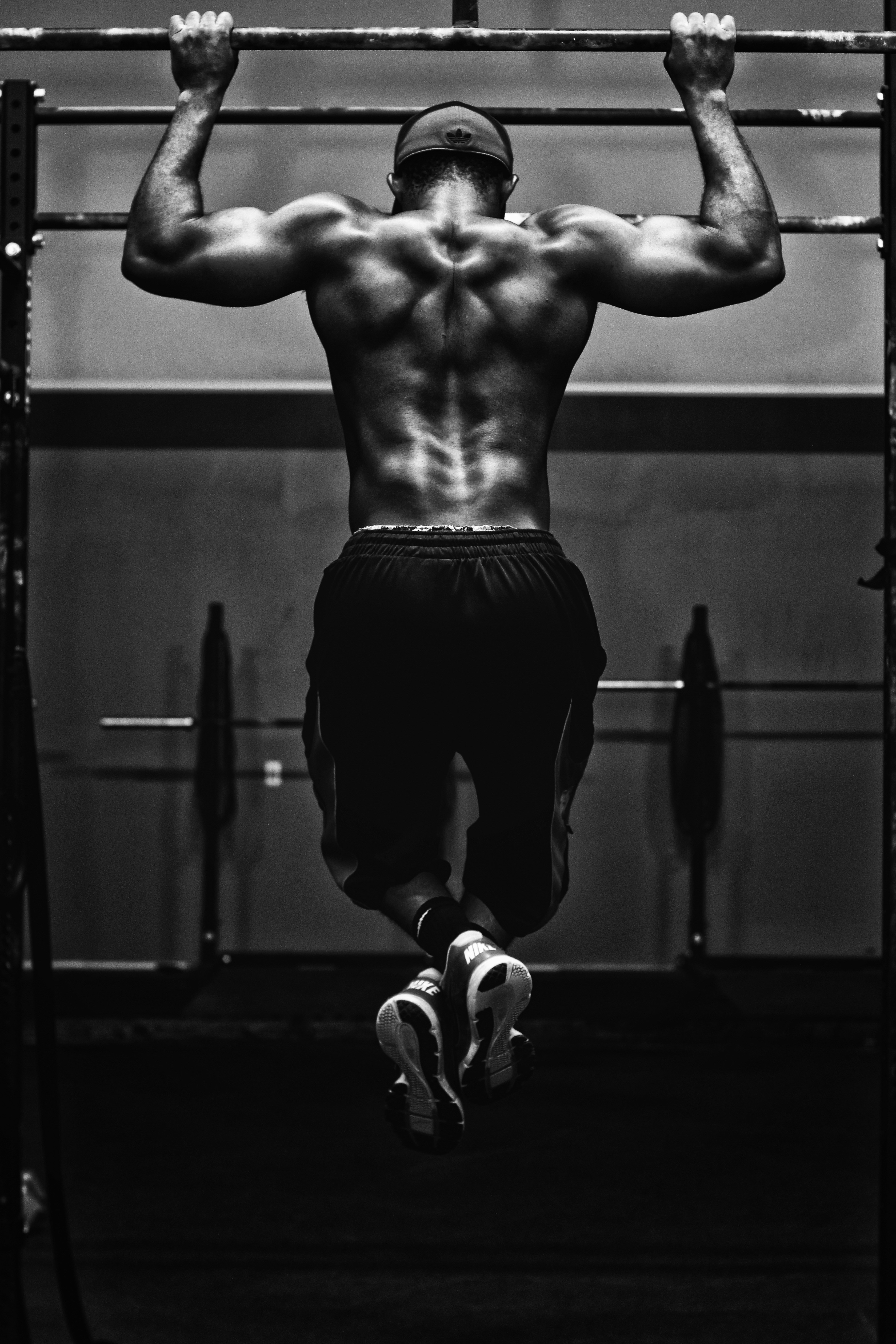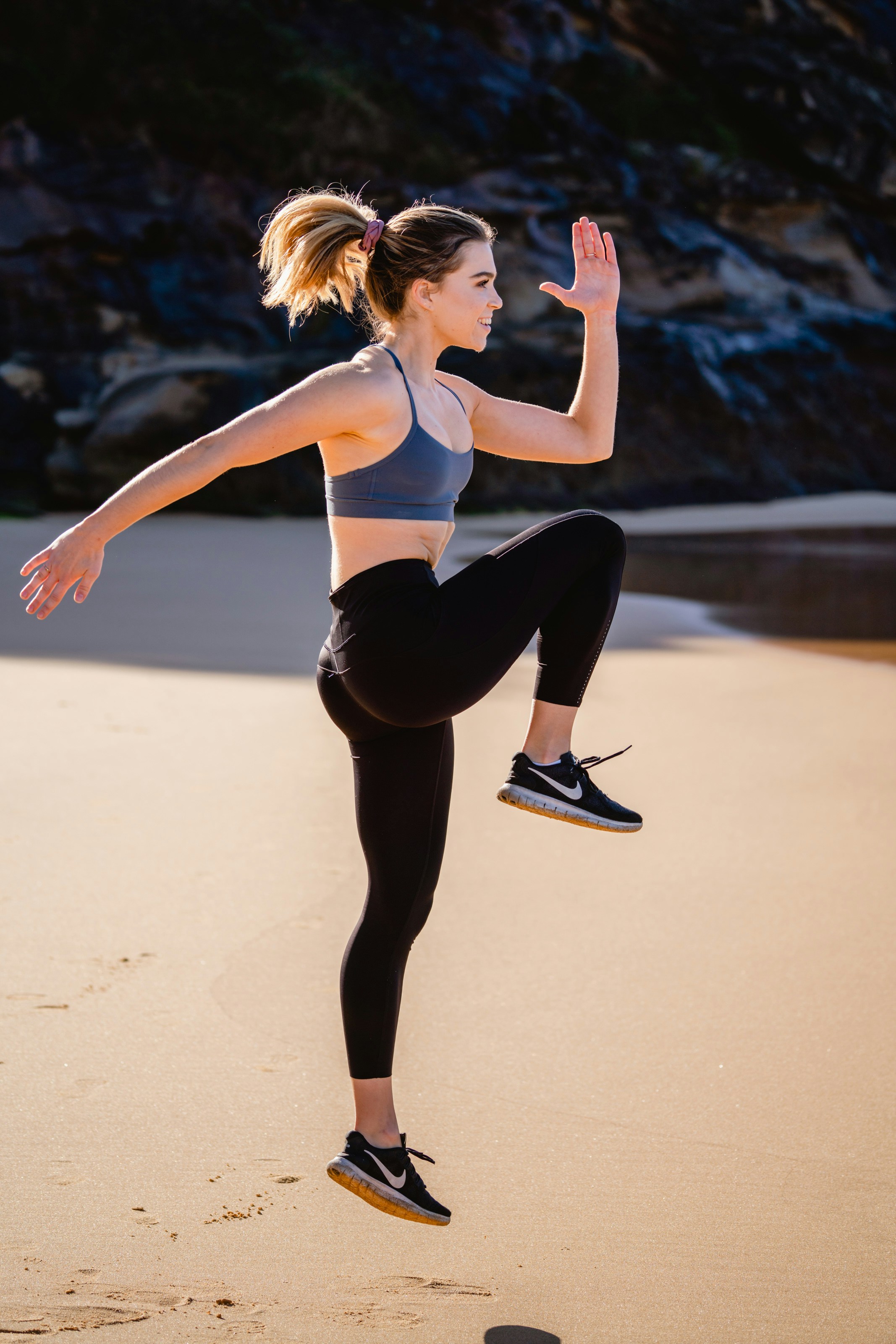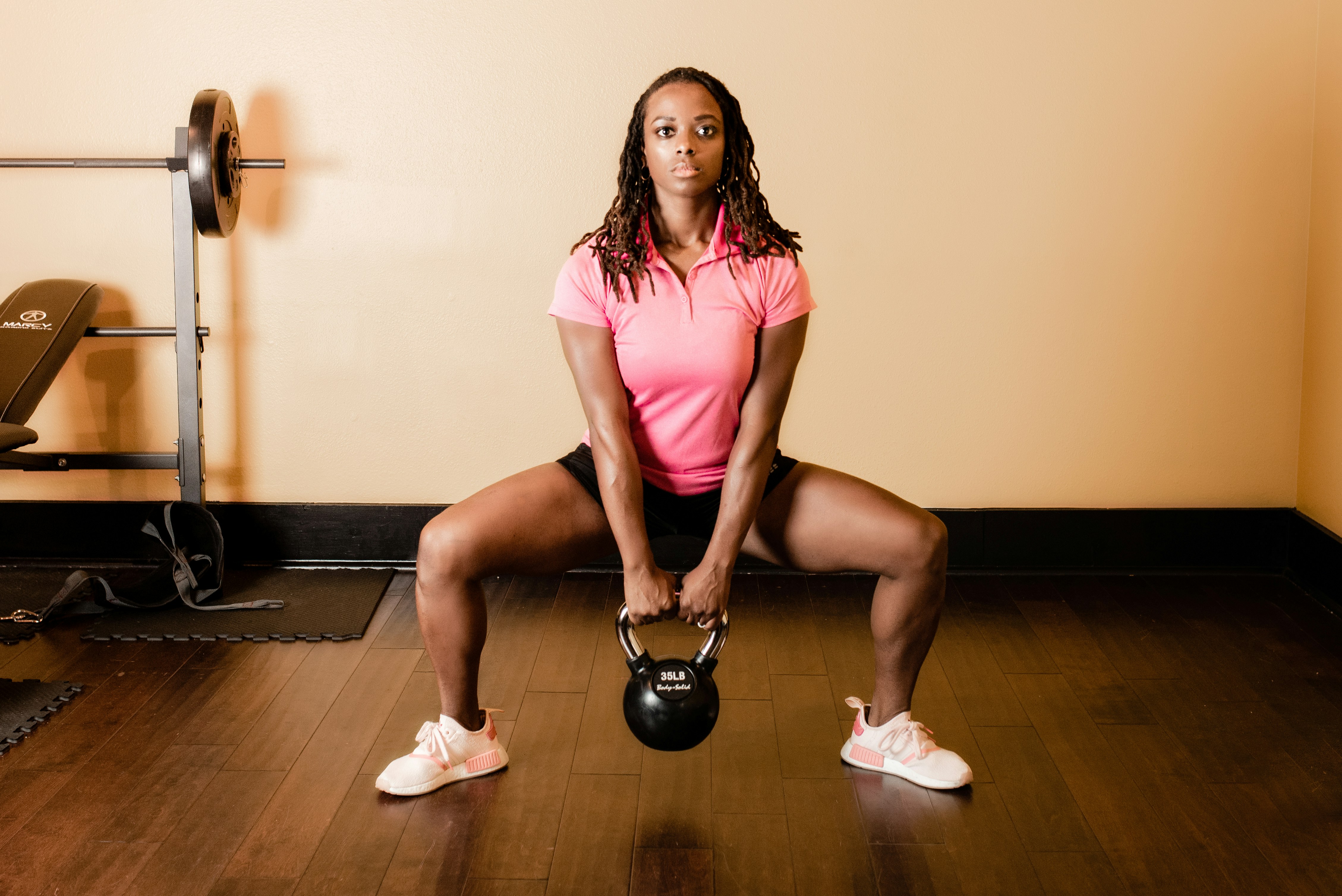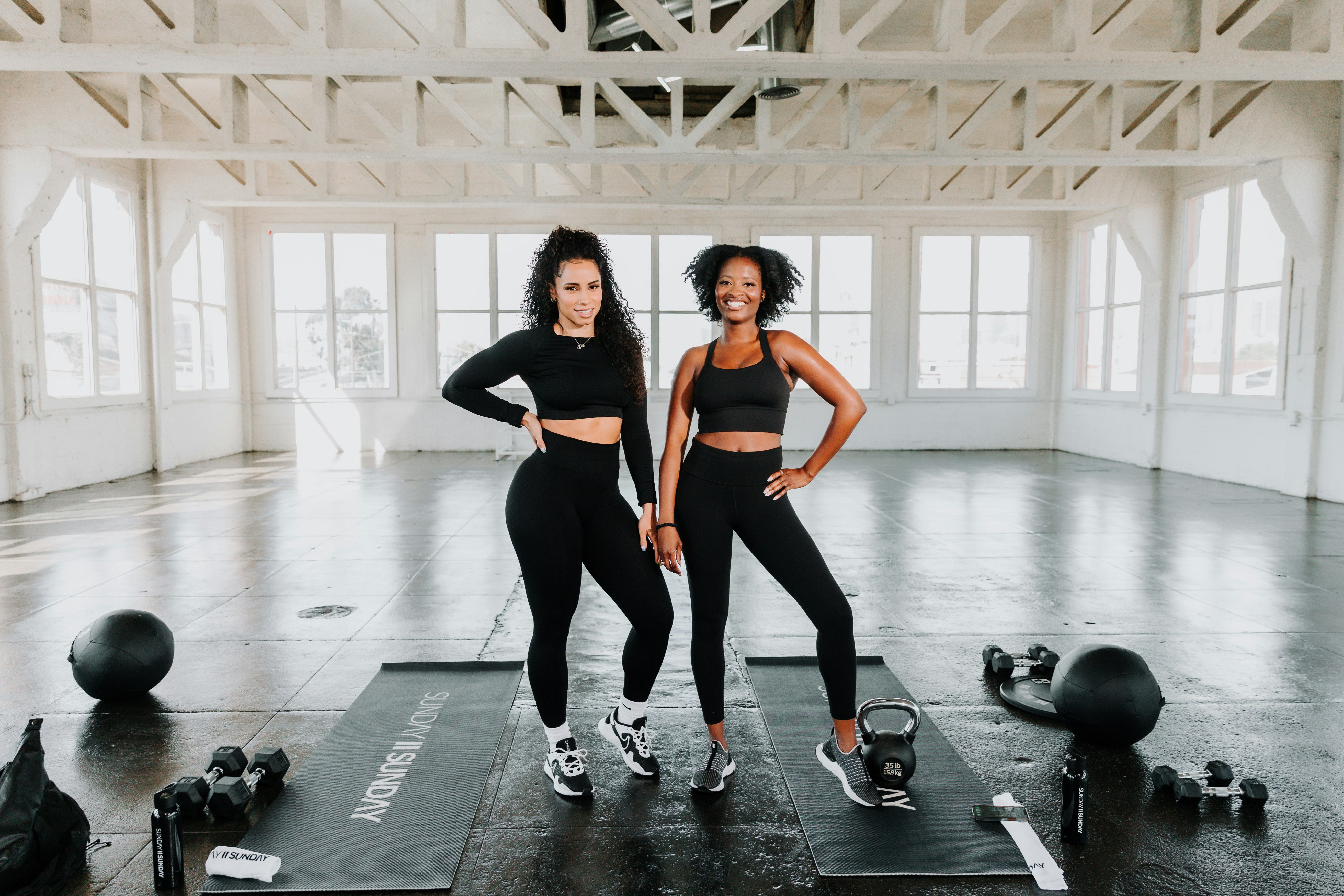Beginner’s Fitness Guide: How to Start Building a Healthy Life from Zero
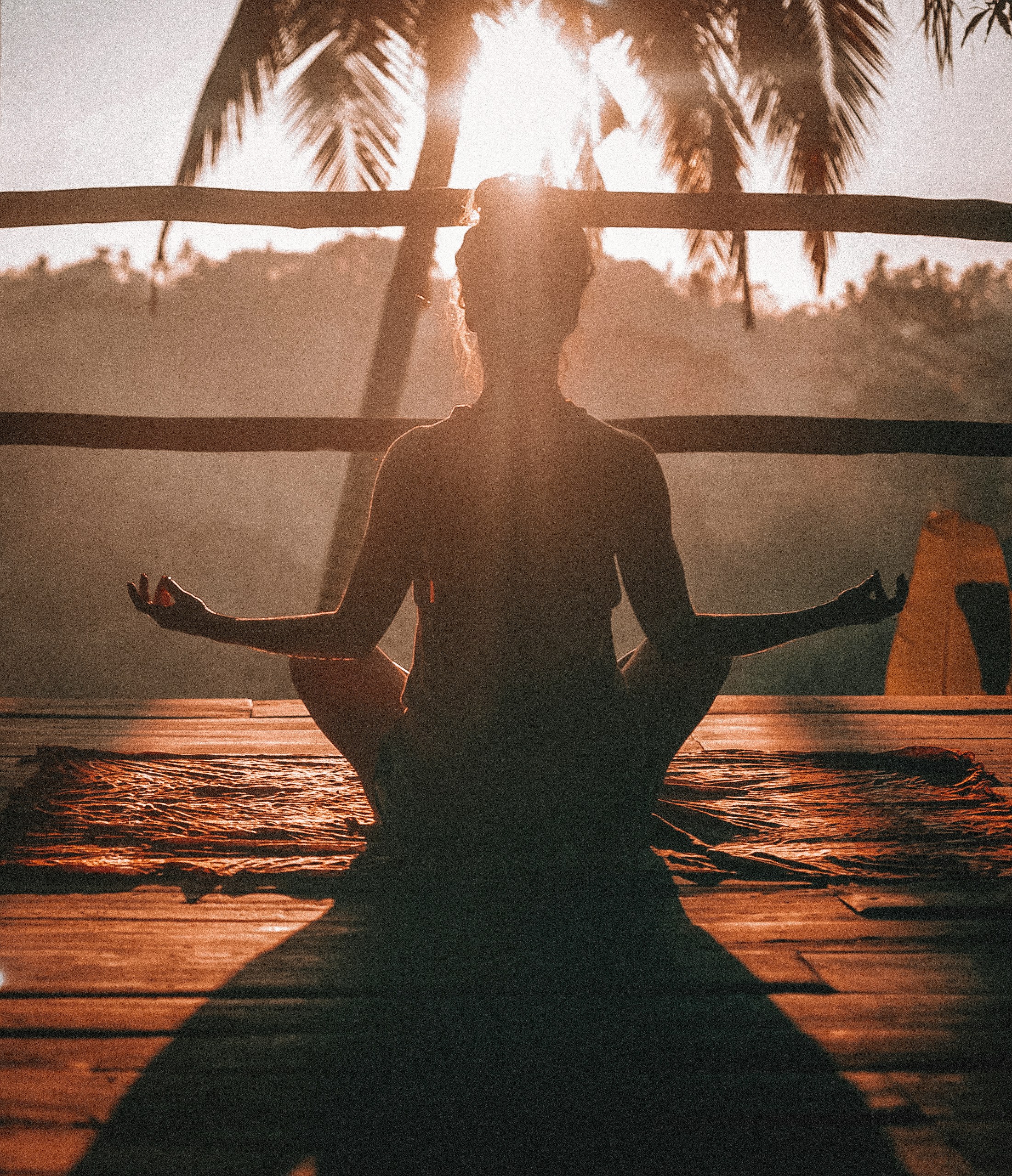
Beginner’s Fitness Guide: How to Start Building a Healthy Life from Zero
“A journey of a thousand miles begins with a single step.” – Lao Tzu
Introduction
Starting a fitness journey can be intimidating, especially if you’re new to working out, haven’t been active in a long time, or simply don’t know where to begin. You might be asking: Do I need a gym membership? What should I eat? How often should I train?
This article is your comprehensive beginner’s guide to fitness — no experience, no expensive equipment, just a desire to improve your health and well-being.
Why Fitness Matters
Before jumping into exercises and plans, let’s talk about why fitness is essential. Physical activity has both short- and long-term benefits for your body and mind.
1. Physical Benefits
- Improved cardiovascular health : Regular aerobic activity strengthens the heart and reduces blood pressure. (Booth et al., 2012)
- Better body composition : Exercise helps reduce body fat and build lean muscle mass.
- Increased energy levels : Physical activity boosts mitochondrial function and energy output.
- Reduced risk of chronic disease : Exercise helps prevent diabetes, obesity, and even some cancers.
2. Mental Benefits
- Stress reduction : Physical activity lowers cortisol (the stress hormone).
- Improved mood : Exercise increases endorphin and serotonin levels.
- Better sleep quality : People who exercise regularly often sleep deeper and feel more rested.
Reference: Booth, F. W., Roberts, C. K., & Laye, M. J. (2012). Lack of exercise is a major cause of chronic diseases. Comprehensive Physiology , 2(2), 1143-1211.
Step 1: Set Realistic Goals
A common beginner mistake is going too hard, too fast. You don’t need to train like an athlete right away. Instead:
- Start small : Aim for 3 days a week.
- Be specific : Rather than “get fit,” try “walk 30 minutes a day.”
- Track your progress : Use a journal or fitness app.
🎯 SMART goals (Specific, Measurable, Achievable, Relevant, Time-bound) are more likely to succeed.
Step 2: Understand the Types of Exercise
There are four main types of exercise . A balanced fitness routine ideally includes all four:
1. Cardiovascular (Aerobic)
Improves heart and lung health.
- Examples: brisk walking, cycling, swimming, jogging, dancing.
- Goal: 150–300 minutes per week (moderate intensity), per WHO guidelines.
2. Strength Training (Resistance)
Builds muscle, supports metabolism.
- Examples: bodyweight exercises, resistance bands, weights.
- Goal: 2–3 sessions per week, working all major muscle groups.
3. Flexibility
Enhances range of motion, reduces injury risk.
- Examples: yoga, static stretching.
- Goal: At least 2–3 times per week.
4. Balance and Stability
Prevents falls, especially important for older adults.
- Examples: tai chi, standing on one foot, core work.
Step 3: Start with Bodyweight Workouts
If you’re at home and have no equipment, bodyweight training is perfect.
Beginner Full-Body Routine (3x/week)
- 10 squats
- 10 push-ups (knee or wall variation if needed)
- 10 lunges (each leg)
- 15-second plank
- 20 jumping jacks
- Rest 60 seconds between sets, repeat 2–3 times.
As you progress, increase reps or sets gradually.
Step 4: Add Cardio
Cardio is essential for fat loss, heart health, and stamina. You don’t have to run marathons. Try:
- Walking 30 minutes daily.
- Using the stairs.
- Cycling or jump rope.
- Dancing to your favorite songs.
Pro Tip: Use the “talk test.” If you can talk but not sing during activity, you’re at moderate intensity.
Step 5: Learn Basic Nutrition
Exercise is only half the picture. Your diet plays a critical role in energy, recovery, and results.
Nutrition Tips for Beginners:
- Prioritize whole foods : lean proteins, whole grains, fruits, vegetables, healthy fats.
- Hydrate : Aim for 2–3 liters of water daily.
- Avoid extremes : No need for keto or fasting right away — balance is key.
- Protein matters : Helps with recovery and muscle growth. Aim for 1.2–2.0g per kg of body weight (Phillips & Van Loon, 2011).
Reference: Phillips, S. M., & Van Loon, L. J. (2011). Dietary protein for athletes: from requirements to optimum adaptation. Journal of Sports Sciences , 29(sup1), S29-S38.
Step 6: Recovery and Rest
Recovery is where growth happens. Don’t ignore rest days.
- Get 7–9 hours of sleep.
- Use active recovery : light stretching, walking.
- Don’t overtrain. If you feel constant soreness, fatigue, or mood dips, back off a bit.
Step 7: Stay Consistent and Motivated
Motivation tips:
- Track progress with photos or notes.
- Find a workout buddy or join an online fitness group.
- Reward yourself (not with junk food!) for milestones.
- Mix it up: try new activities to stay interested.
Common Beginner Mistakes to Avoid
- Doing too much too soon : Can lead to injury and burnout.
- Obsessing over the scale : Focus on how you feel , look, and perform.
- Comparing to others : Your journey is your own.
- Neglecting form : Always prioritize proper technique over heavier weights or speed.
Final Words
The hardest part of fitness is often just starting. But by reading this guide, you’ve already taken the first step. Remember:
✅ Start small
✅ Stay consistent
✅ Focus on progress, not perfection
No matter your age, size, or current condition, it’s never too late to begin improving your health. Fitness is not about being better than someone else — it’s about being better than you were yesterday.
References
- Booth, F. W., Roberts, C. K., & Laye, M. J. (2012). Lack of exercise is a major cause of chronic diseases. Comprehensive Physiology , 2(2), 1143-1211.
- Phillips, S. M., & Van Loon, L. J. (2011). Dietary protein for athletes: from requirements to optimum adaptation. Journal of Sports Sciences , 29(sup1), S29-S38.
- World Health Organization. (2020). Guidelines on physical activity and sedentary behaviour. Retrieved from https://www.who.int/

